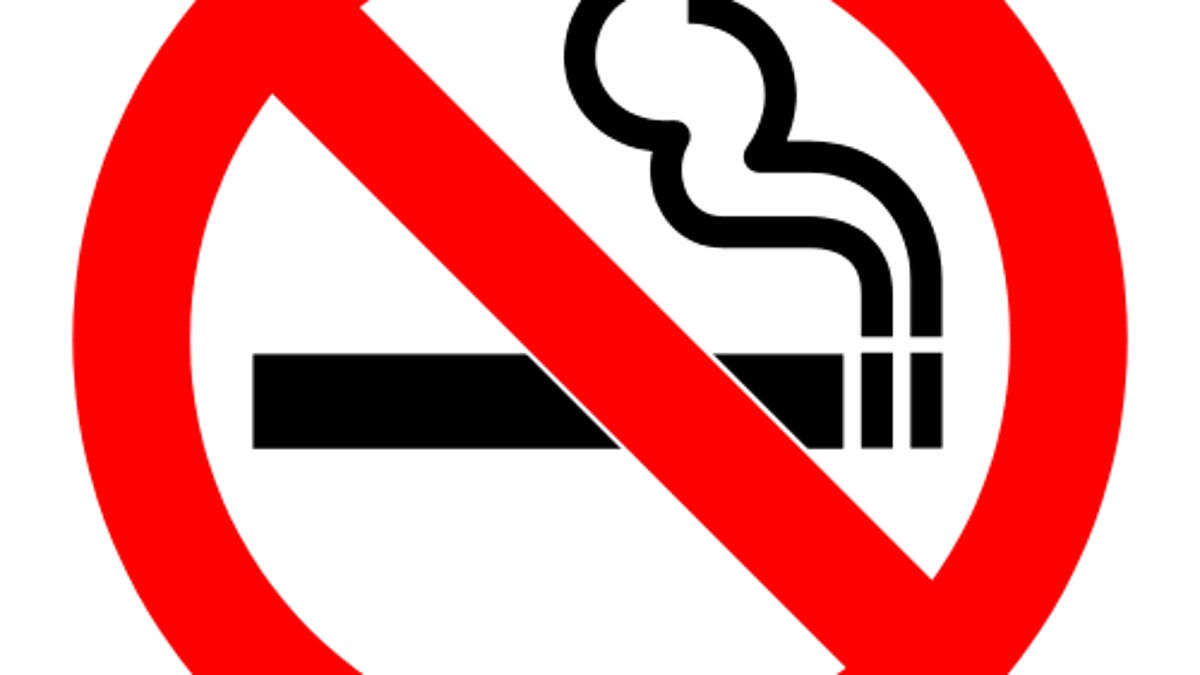Do smoking bans significantly reduce heart attacks?
An analysis of more than a dozen studies across several countries suggests that one of the lowest-tech strategies around--banning smoking--results in fewer attacks.

It's all over the news. A major analysis published this week of more than a dozen studies in North America, Italy, Scotland, and Ireland designed to determine the effect of smoking bans on heart attack rates shows a 17 percent reduction in heart attacks in places where bans were in effect for one year. That rate more than doubles to 36 percent in places where bans have been in effect for three years.
The impact of smoking bans is "bigger than expected," the BBC reports. The bans are "potent weapons in the battle to prevent heart attacks," claims The Wall Street Journal. Communities that ban smoking get a "big payoff," according to CNN. In the days since the report first came out, scores of articles have added to the chorus that smoking bans significantly reduce heart attacks.
But a closer look at the analysis and a conversation with its author, James Lightwood, suggests that the results should not be considered "iron-clad." (Full disclosure: I do not smoke, and I have been happy about each smoking ban that went into effect in the cities I've lived in, from New York and Boston to San Francisco and Portland. While it would be convenient to take this good news at face value, I feel it would also be irresponsible.)
First, the analysis does not take into account the initial baseline numbers of heart attacks, which would give us the actual scale of this 17 percent reduction (i.e., if the 17 percent reduction results in a million fewer heart attacks, that may be more meaningful than if it results in 100 fewer). Lightwood says he did not set out to investigate how many heart attacks are reduced, but whether the percentage reduction was consistent across different studies, so at least for now the question of scale remains.
"Our goal from the beginning was to do a very careful simulation analysis to compare the community rates in individual risk. Then we got stuck halfway through, because we realized that, to our surprise, there really hadn't been any analysis that pulled everything together. So we did a kind of simple but not really formal meta analysis."
Also, the studies Lightwood analyzed mostly measure simple before-and-after data points, instead of comparing reductions between cities with bans and cities without. It is hard to determine the primary factor of reduction without comparing these numbers to true control groups. (A few of the original studies did use controls by comparing the cities in question to nearby cities that had not imposed smoking bans, but a number of factors might account for differences in heart attack rates from one city to the next.) "One issue is that we don't know what prompted most of these studies," Lightwood says. "If people sat around and said, 'I see people smoking, let's do a study,' that could prove a biased result, because places where people are not smoking wouldn't prompt a study."
It is possible that the meta-analysis is spot on--that 100 studies would show an average 17 percent reduction in heart attacks in one year as well. And if smoking bans generally do result in this kind of reduction, it's time to clink glasses at the nearest smoke-free bar (irony about the effects of drinking on one's health duly noted). But until the studies being analyzed are more uniform, readers should be cautious about possible, ahem, smoke and mirrors.

